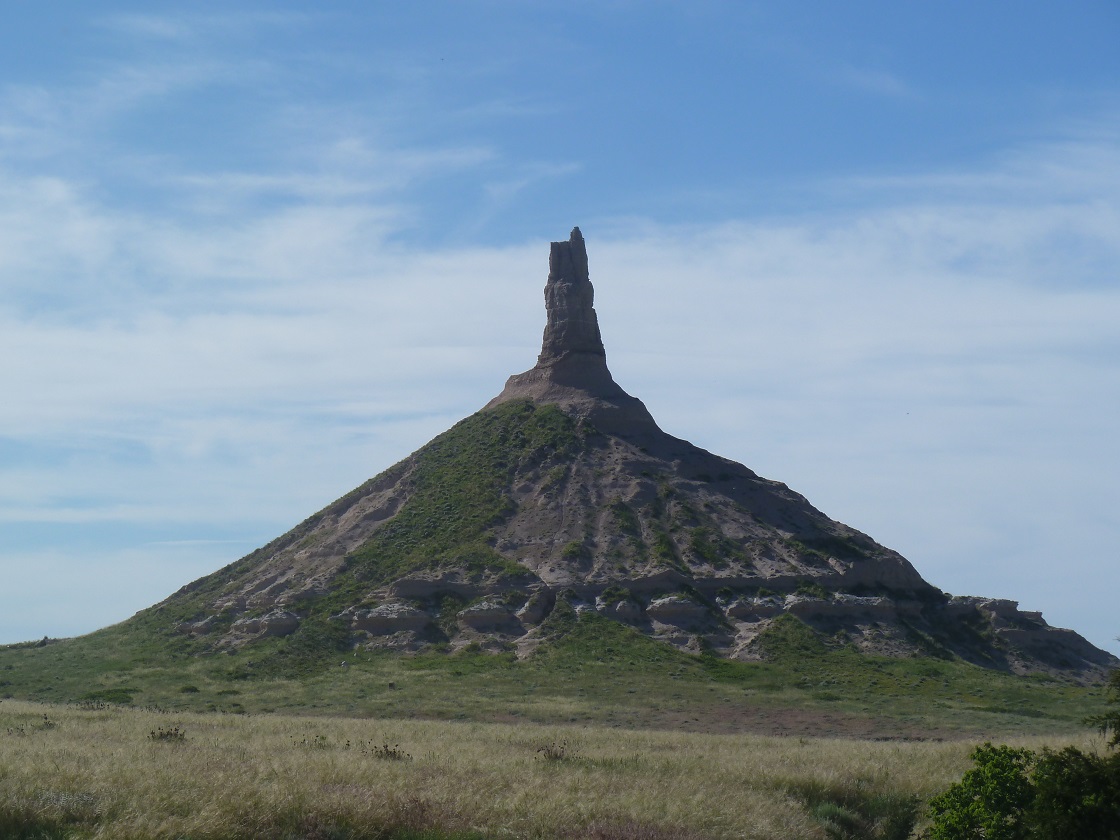Stepping into western Nebraska is like stepping back in time – the natural beauty beckons visitors today just as it did the early pioneers a few centuries ago – at least the lucky ones who endured the harsh conditions and settled this stunning land.
Today, discovering the west is easier, though, and for sure a lot more fun.
Sidney developed as an outpost in 1867 to protect workers building the railroad and help them avoid attacks by the Indians.
In 1874, General George Custer discovered gold in the Black Hills of what is now South Dakota, and many trekked along the Sidney-Deadwood Trail seeking their fortune.
Also in Sidney is the Pony Express Monument. The Pony Express was created as a publicity stunt in 1860 to demonstrate that mail delivery was possible year round so that the federal government would award Sidney a contract for regular mail service. However, the Pony Express ceased to exist in 1861, two days after the first transcontinental telegraph was completed.
The city is lawful now, but this was not always the case. In fact it was notorious for its wild-west ways, but when civil order finally took hold, the bad guys were ordered out of town. Today, Sidney is known to outdoor enthusiasts as the corporate home to Cabela’s, a shopper’s paradise for people looking for great hunting and fishing gear, camping equipment, fashion and much more.
Dedicated in 1922, the Lincoln Highway was the first memorial to President Abraham Lincoln and the first auto road across the United States. It is also the road to Ogallala, Nebraska’s “Cowboy Capital” from 1875 to 1885. In addition, it’s where you will find Nebraska’s historic cemetery, Boot Hill.
On a happier note, be sure to stop off at the Petrified Wood and Art Gallery, which features twin artisans who create hand-crafted, petrified wood pictures. At 86 years of age, the two are still producing stunning, in-demand works.
The flat lands in and around Sidney give way to the hilly terrain of the Sandhills’ flowing waters of the North Platte River, surprisingly lush thanks to a rainy spring. Be sure to stop at Ash Hollow State Historical Park and Windlass Hill, where you can check out wagon ruts from the Oregon Trail.
Continuing west, you should stop in the town of Lewellen, where you will find quaint shops including The Most Unlikely Place – and it is. The restaurant/gallery/store displays the work of a number of artists including co-owner Dennis Miller’s paintings.
There’s a more unlikely place, however: it’s in Alliance, and it sure is quirky. It’s called Carhenge and is inspired by England’s Stonehenge. Made of vintage cars sprayed gray, it was built by artist Jim Reiders in 1987 as a memorial to his dad. While in Alliance, stop at the Knight Museum and Sandhills Center, a modern facility boasting exhibits chock full of local history.
Further in your travels you will come into Crawford and the Fort Robinson State Park. Fort Robinson was a military post from 1874 to 1948, established to protect the Red Cloud Agency created in 1873 to disseminate government goods to the Indians. Some of its sadder history includes the Cheyenne outbreak and the assassination of Crazy Horse. The cool thing is that during the warmer months, you can actually stay on the grounds, camping, or in lodge rooms in what was the enlisted men’s barracks, or in cabins suited to families, which once served as officer’s quarters. Fun activities at the fort include a stage coach ride, horseback riding over the grasslands, looking for wild mountain sheep or a stop at the Fort Robinson Museum and The Trailside Museum.
There are also a number of interesting ranch accommodations within a half-hour drive of Crawford, including High Plains Homestead, with its authentic old western town that includes a post office, school house and, of course, a bar and jail. Then, there’s some great hiking in neighbouring Toadstool Park.
The Plains’ Oregon Trail was the wagon route of mid-19th-century Americans looking for a better life. Dotted along it are breathtaking scenery and natural rock formations. Great photo opportunities can be had at Chimney Rock National Historic Site, Courthouse and Jail Rocks and Scotts Bluff. While there, visit the Scotts Bluff National Monument or the new Legacy Plains Museum, or stay at Barn Anew, a bed and breakfast that houses artistic treasures including some created by Wyoming’s Arapaho Indians.
An hour’s ride from Scotts Bluff is the Agate Fossil Beds National Monument, known for Miocene mammal fossils from 20 million years ago. It’s where hundreds of animals succumbed to drought conditions. There’s also an exhibit of artifacts once owned by Red Cloud of the Oglala Lakota.
